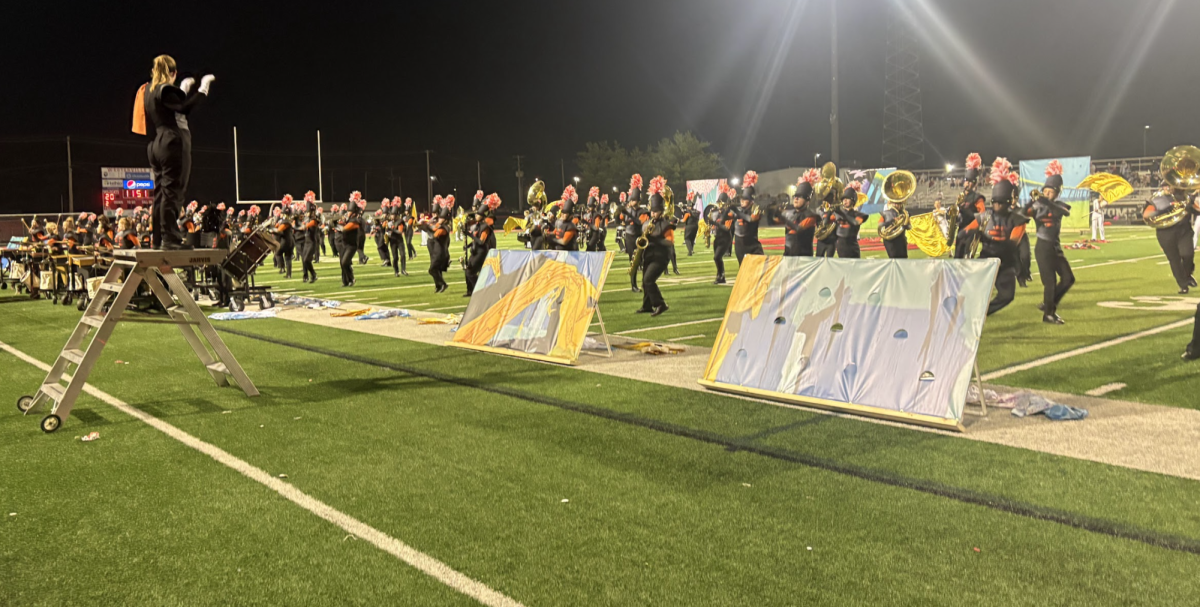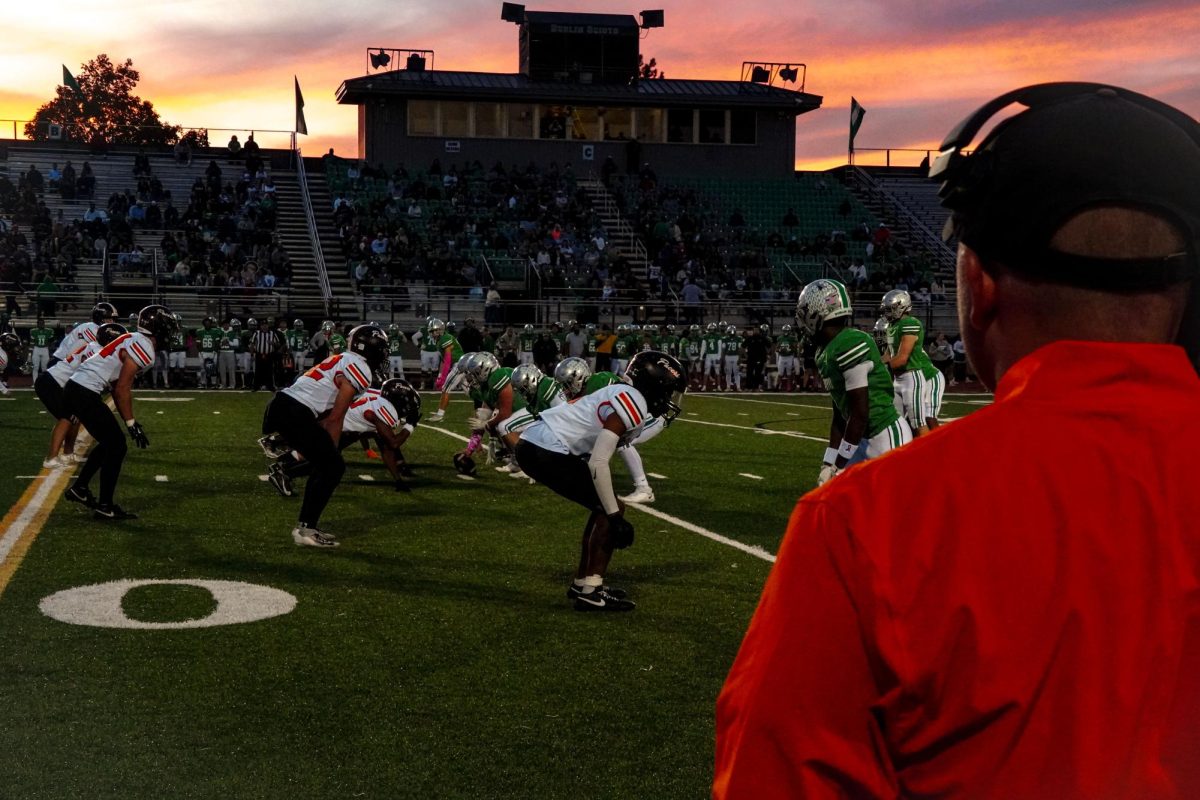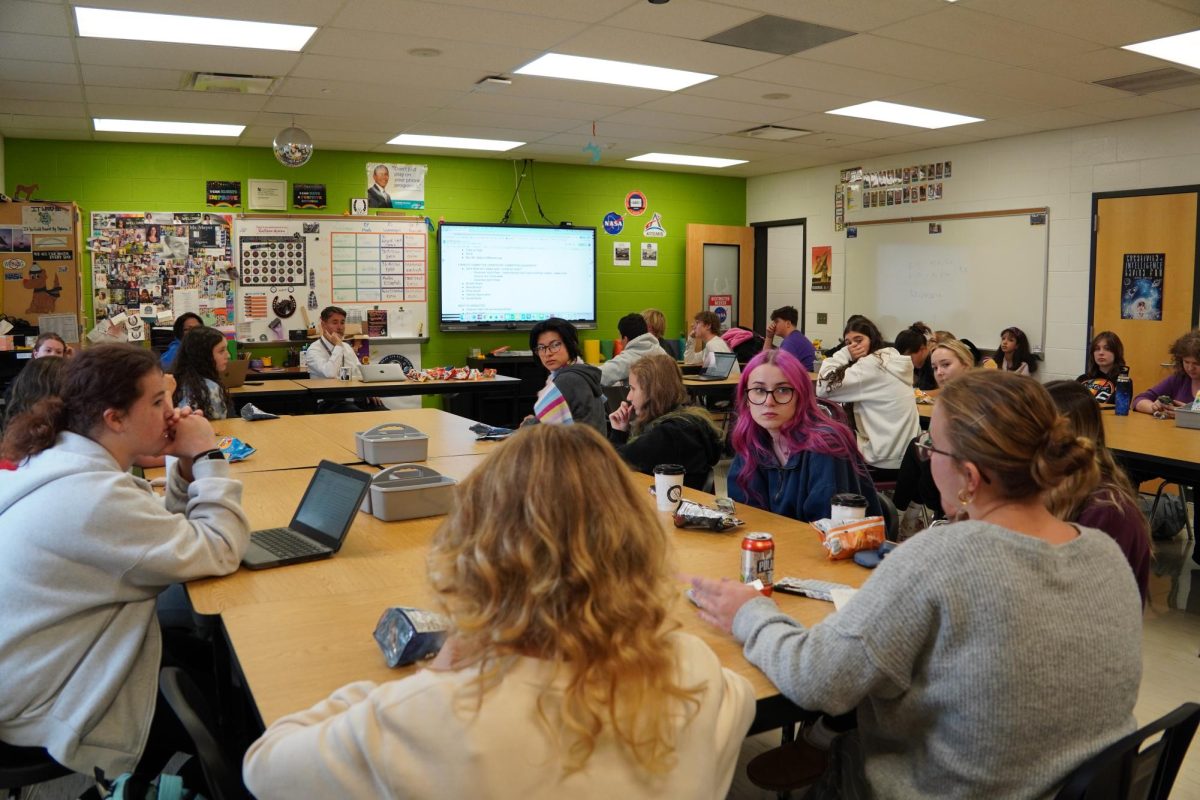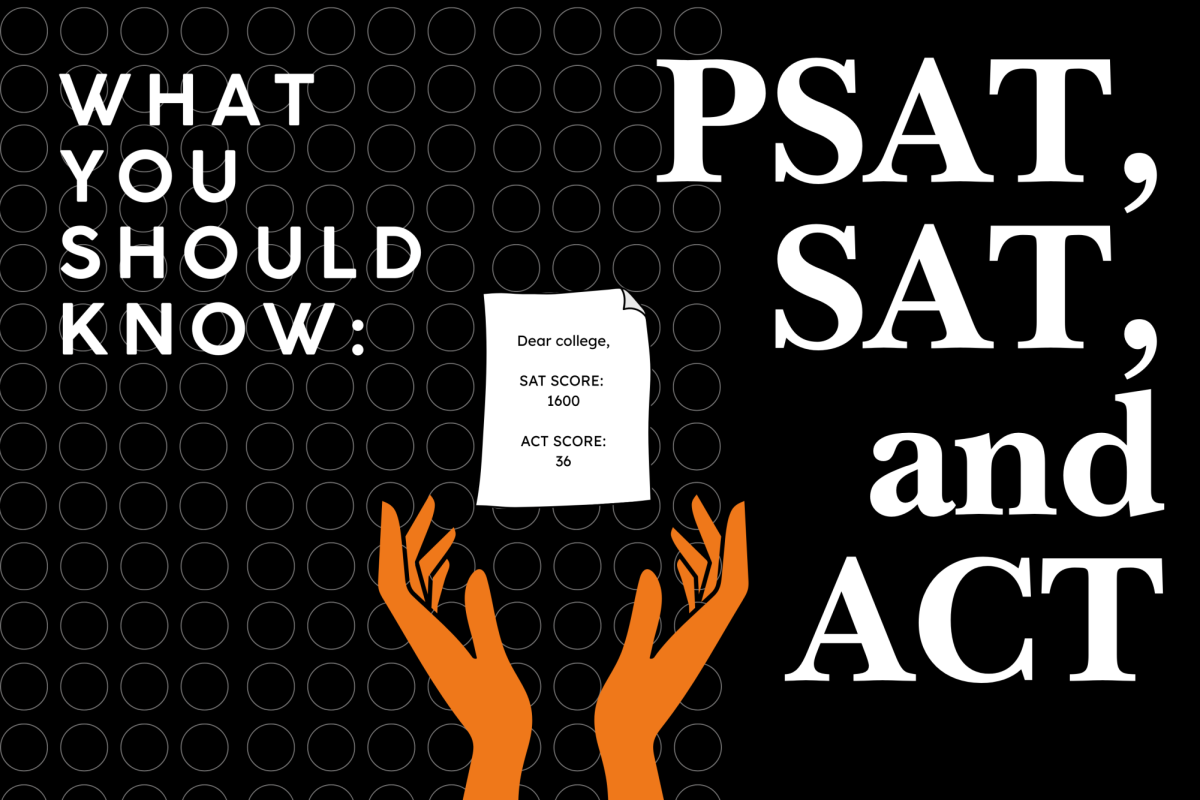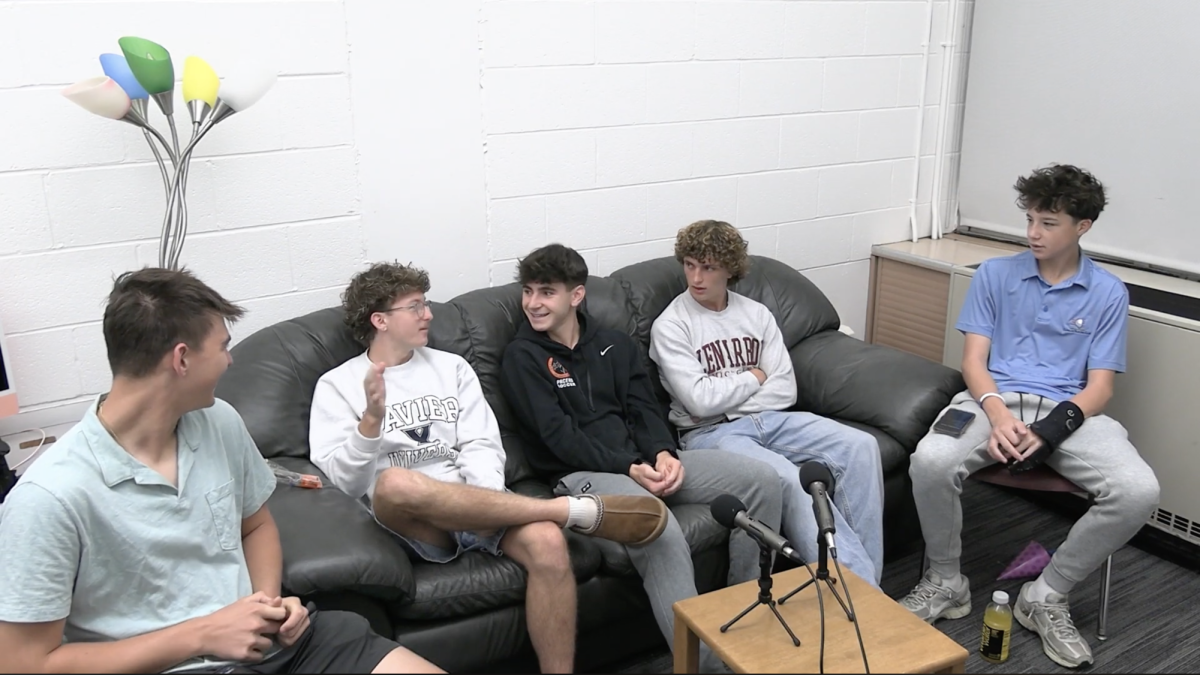Opinion: Summer Break vs. Year Round School
Is summer break or year round school more beneficial for students.
May 25, 2022
Throughout the United States, there has been a long lasting debate over whether summer break or year round school is better for the students.
According to Seattlepi, the main difference between year-round school and summer breaks is the format. The summer break that most schools in the United States institute is around three months, starting in late May or early June and ending in mid August. With year round school, the breaks are more spread out.
Some ways of splitting up the year-long schedule is 60 days of school followed by 20 day breaks, 45 school days and 15 day breaks, or one to two weeks scattered throughout.
When it comes to year-round schooling, some cities and businesses are worried about what will happen when it comes to tourism.
Extracurricular and sports schedules are also concerns for a year-round format. Schools must provide bus transportation in order to get kids to games, meets, or matches during the break periods.
The evidence supporting the academic benefits of year-round schooling compared to the traditional format is minimal. The main goal of year-round school is to eliminate academic regression that happens over summer breaks.
With family schedules and childcare, a long summer break can get expensive. In a year-long schedule, parents don’t have to worry as much about what to do with kids. However, finding childcare that is on-again, off-again can be quite difficult.
The Seattle Times says that working parents struggle trying to find camps that are cheap enough in order to watch their kids for the summer, but that can try seeking the help of friends and family.
According to PBS, for a large population of American students, summer is what they look forward to each year, a long break from school to relax and have fun.
Supporters of year-round school say they can stop a loss of learning and boost achievement, if the three month break is removed.
However, there is a study that found year-round students pulling ahead during the summer, but students on a nine month schedule catch up and pull ahead for the remainder of the year.
While there are no additional school days, still around 180, students need the longer break for summer, they need time to be free and enjoy their youth. If summer break is removed and one to two weeks for breaks are mixed in instead, students won’t have anything to really look forward to. Shorter breaks will go by too quickly for them to really enjoy it, creating a lack of emotion and feeling.





